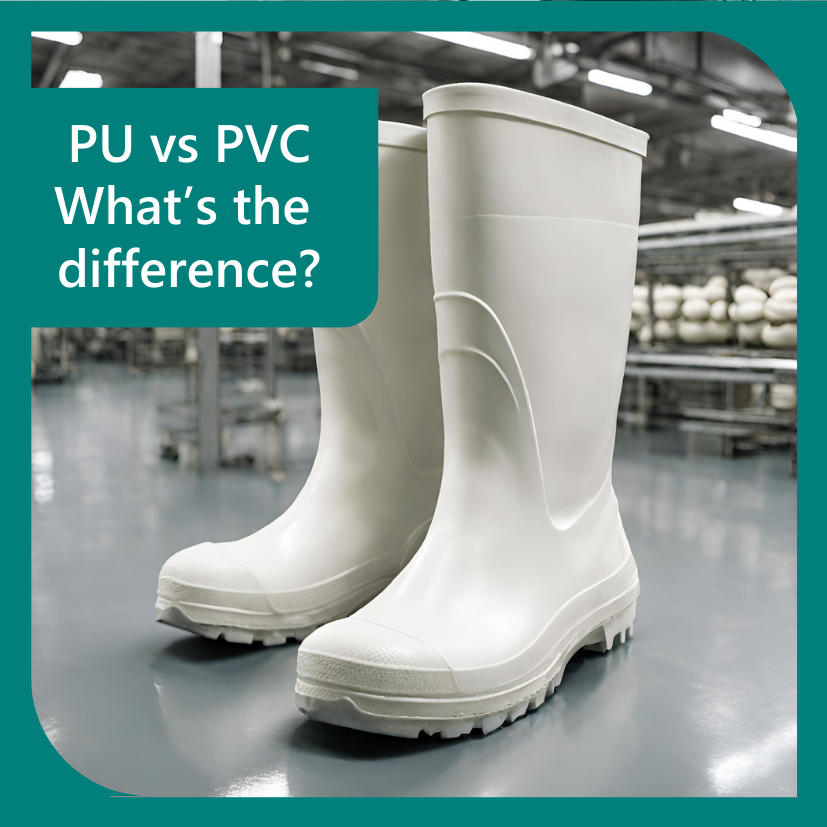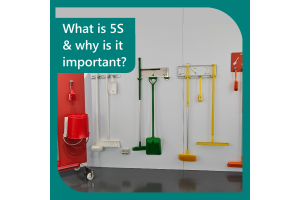PVC vs PU Gumboots: What's the Difference?

There are two types of gumboots most commonly used in the food industry: PU (polyurethane) and PVC (poly-vinyl chloride).
Gumboots made from PVC are typically cheaper than PU, but they come with trade-offs.
Here are some of the main differences:
PVC gumboots are much heavier then PU. This means you are carrying up to 1kg of extra weight with every step you take, resulting in higher levels of fatigue.
PVC gumboots typically have a lifespan 1/3 the length of PU. This means gumboots need to replaced 3 times more often.
PVC gumboots also have a greater negative impact of the environment. PVC, typically known as vinyl, causes environmental damage both during manufacture and in landfill.
Due to their shorter lifespan, and greater weight, they also contribute to a much greater amount of landfill.
A typical food processing site with 200 staff wearing gumboots could add up to 1 tonne of landfill by choosing to use PVC gumboots.
So when would it make sense to use PVC gumboots?
The only scenario where PVC gumboots can be a more cost effective and suitable choice, is situations where the gumboots will only be worn for a short space of time, then disposed of.
This may be in situations where casual or seasonal staff will only be wearing their gumboots for 2-3 months, and a cleaning and disenfection program is not in place for re-issuing.






